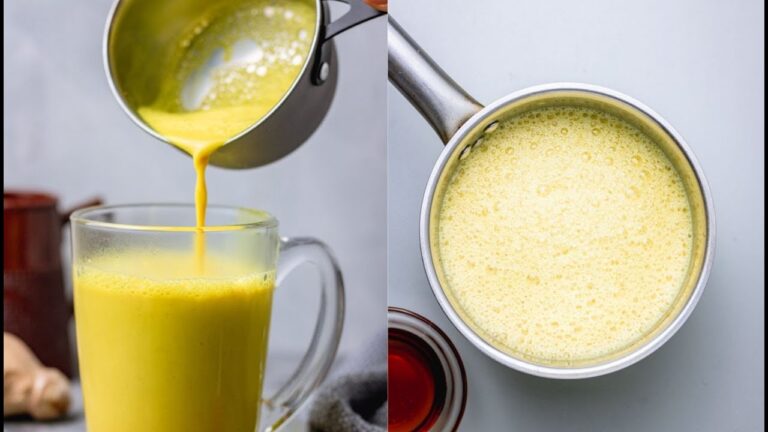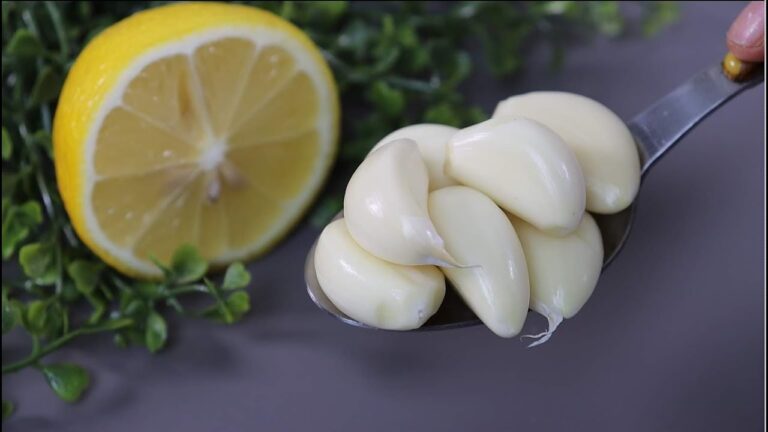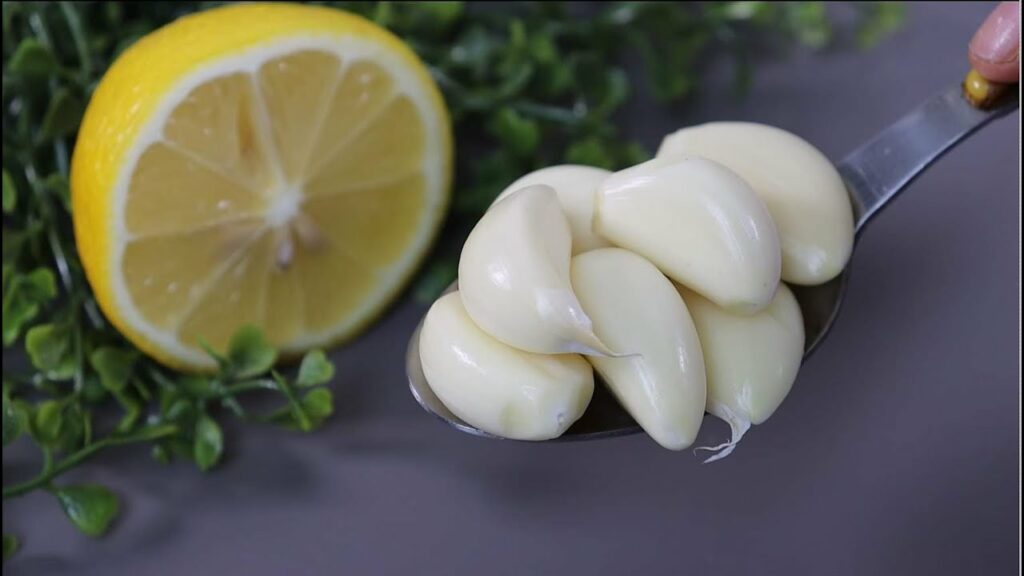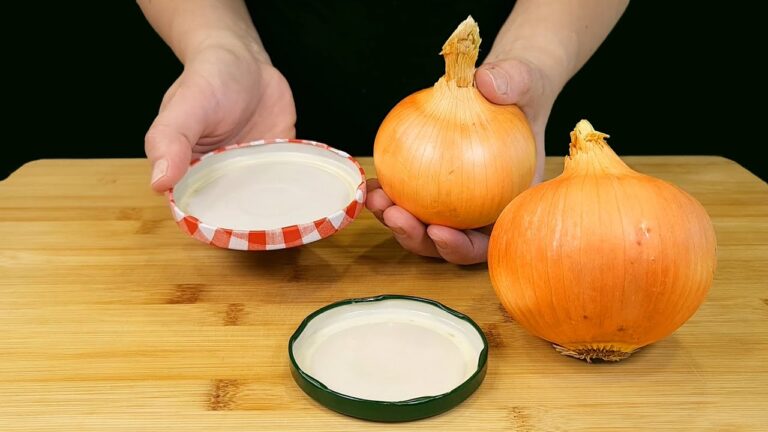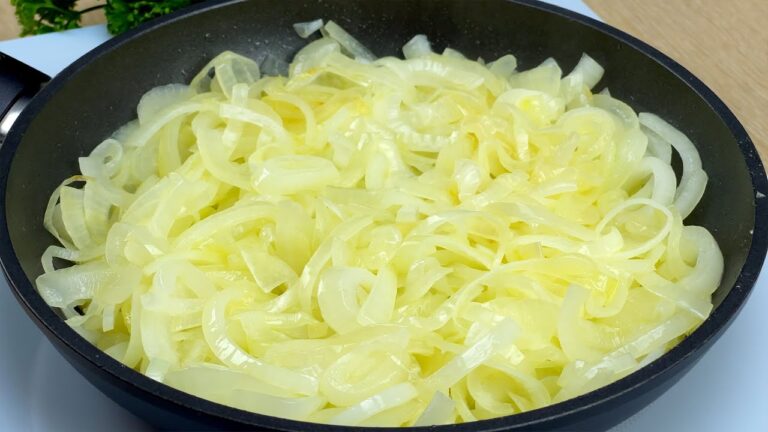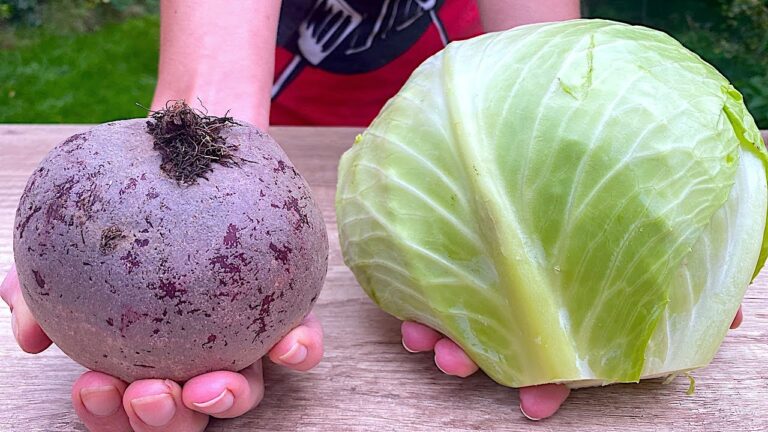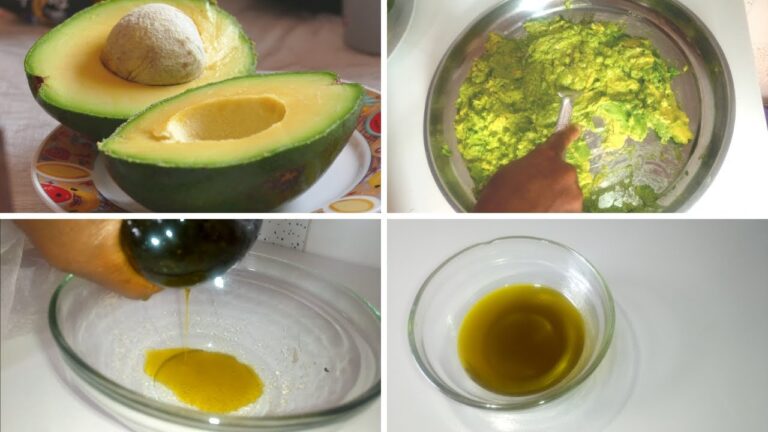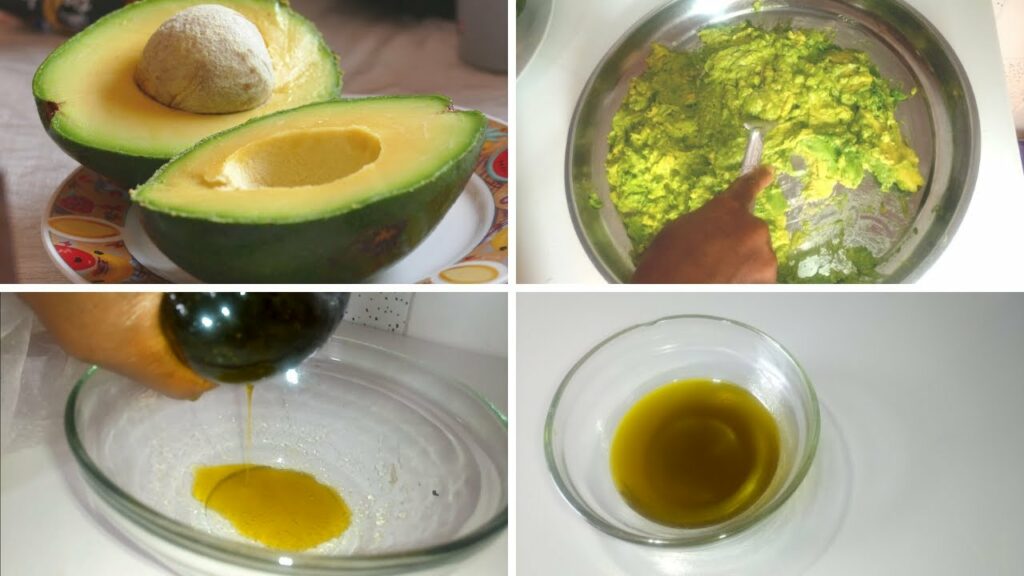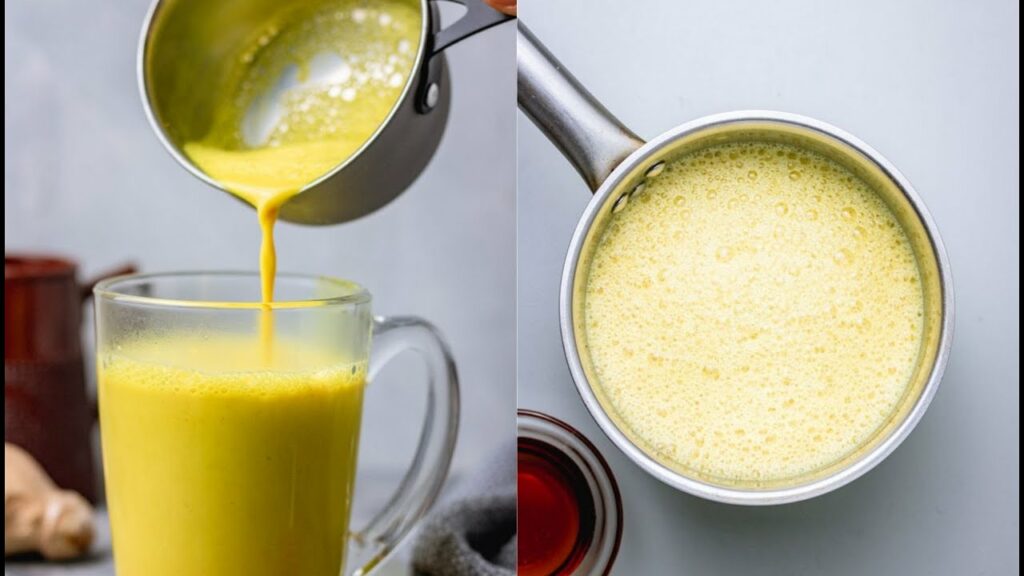
Struggling to get a good night’s sleep? Turmeric Milk, also known as Golden Milk, might be the soothing bedtime drink you need. This warm, creamy beverage is not only delicious but also packed with health benefits, including anti-inflammatory properties that can help you unwind and prepare for restful sleep. Here’s how to make this comforting drink at home and why it’s worth incorporating into your nightly routine.
The Benefits of Turmeric Milk
Turmeric Milk is a traditional Ayurvedic remedy that combines the healing properties of turmeric with the soothing warmth of milk. Here’s why it’s great for better sleep:
- Promotes Relaxation: The warm milk in this recipe can help relax your body and mind, making it easier to fall asleep.
- Anti-inflammatory: Turmeric contains curcumin, a powerful anti-inflammatory compound that can help reduce inflammation and pain, promoting overall comfort.
- Antioxidant-rich: The antioxidants in turmeric and other spices help combat oxidative stress, which can improve overall health and well-being.
Ingredients for Turmeric Milk
To make a delicious cup of Golden Milk, you’ll need the following ingredients:
- 2 cups of milk (dairy or plant-based like almond, coconut, or oat milk)
- 1 teaspoon of turmeric powder
- 1/2 teaspoon of cinnamon powder
- 1/4 teaspoon of ground ginger (or 1 teaspoon of freshly grated ginger)
- A pinch of black pepper (enhances the absorption of curcumin)
- 1 teaspoon of honey or maple syrup (optional, for sweetness)
- 1/2 teaspoon of vanilla extract (optional, for extra flavor)
How to Make Turmeric Milk
Step-by-Step Instructions:
- Heat the Milk: Pour the milk into a small saucepan and warm it over medium heat. Do not let it boil.
- Add the Spices: Stir in the turmeric, cinnamon, ginger, and black pepper. Whisk the mixture well to ensure all the spices are fully incorporated.
- Simmer: Allow the mixture to simmer for about 5-10 minutes. This helps the flavors meld together and ensures the turmeric is well dissolved.
- Sweeten: If you prefer a sweeter drink, add honey or maple syrup to taste. Stir in the vanilla extract if using.
- Serve: Pour the Turmeric Milk into mugs and enjoy it warm. You can also strain it through a fine mesh sieve if you prefer a smoother drink.
Why You’ll Love Turmeric Milk
Turmeric Milk is more than just a tasty treat; it’s a powerful health drink. Here are some of the benefits:
- Improves Sleep Quality: The warm milk and soothing spices can help you relax and fall asleep faster.
- Reduces Inflammation: The anti-inflammatory properties of turmeric and ginger can help reduce pain and discomfort, promoting better rest.
- Boosts Immunity: The antioxidants in this drink help support a healthy immune system, making it an excellent choice for overall wellness.
Conclusion
Incorporating Turmeric Milk into your nightly routine can be a game-changer for your sleep quality and overall health. This easy-to-make, delicious drink combines the benefits of turmeric with the comforting warmth of milk, creating the perfect recipe for a good night’s sleep. Try making Golden Milk tonight and experience the calming and health-boosting effects for yourself. Sweet dreams!
